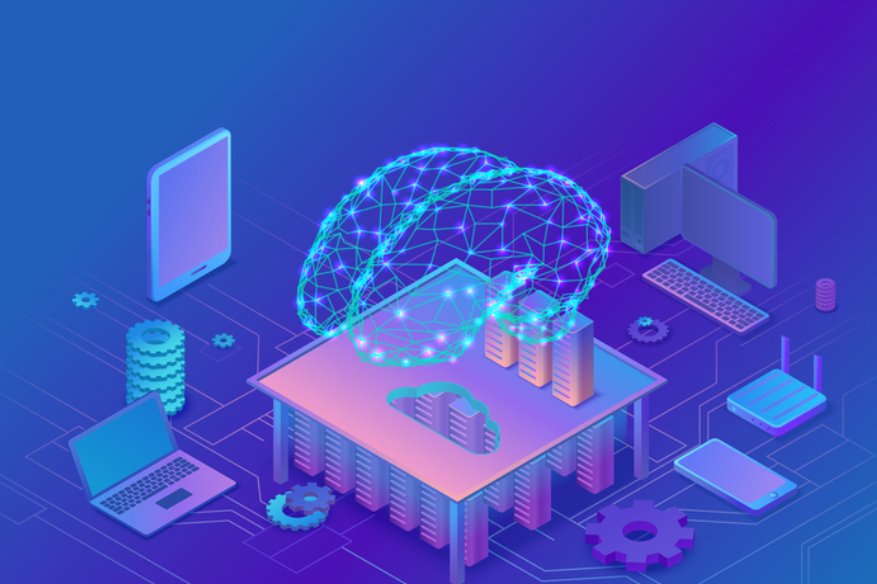Man Vs. Machines: Employing Artificial Intelligence in Cybersecurity

As the market of (AI) is thriving, and how technology people are elevated with its flexibility, various new businesses and Internet giants are racing to make it a part of their operations. There is a critical increment in the venture and appropriation by endeavors. A Narrative Science survey shows that 38% of business areas of now using AI, developing to 62% by 2018. Forrester Research anticipated a more prominent than 300% increase in investment in AI in 2017 contrasted and 2016. IDC assessed that the AI market will grow from $8 billion $47 billion out of 2020.
Well, on that note Artificial Intelligence (AI) is the frontier that is going to rule the way business is going to happen in the coming days
The Chief scientist of Cylance, Mr. Ryan Permeh, said “Historically, an AV researcher might see 10,000 viruses in a career. Today there are over 700,000 per day. So, in that case, will AI be the solution to solving the big data problem, and bridging the widening workforce gap in the cybersecurity industry?
AI now has the ability to understand a scenario, be objective, comprehend request, draw a conclusion and determine results. Not just that, AI could help to viably recognize peculiarities and handle the shortage of resources, however, it could bolster quick response against zero-day threats.
Now, the million dollar question. Is AI the answer to patching all the flaws in IT security? Will, it replaces IT experts’ expert views? Does it mean that businesses should start thinking about this approaching wave?
The Power of AI
Conventional technology is past-centric and depends heavily on known attackers and attacks, leaving room for blind spots when it comes to detecting abnormal events in new-age attacks. The limitations of older defense technologies are now being addressed through machine learning.
Generally, cybersecurity is depended on signature-based patterns. Antivirus, for instance, finds malware and create a signature that can be utilized to check files on an endpoint to check if there is any similar signature that matches the malware. This implies one can just distinguish malware that is known, and that matches the virus.
With AI, machine learning can provide an alternative, because instead of relying on the code signatures, it can use machine learning to find a match, where that behavior is predictive of malicious code to traditional cybersecurity solutions.
One of the best examples is Netflix, and how it uses AI to classify movie genres and give movie recommendations. Through machine learning, Netflix automatically categorizes and offer suggestions by aggregating across the entire database of films and users.
Predicting new and complex threats
Contemporary technology depends heavily on known attackers and attacks, and are unable to detect new and abnormal events in new-age attacks. This limitation is now a thing of the past with machine learning.
For example, any sudden or significant spike in a privileged access will trigger an alarm and it will be cordoned off as a possible threat. If it is found to be a successful detection, the machine will null that activity and will be more sensitive to detecting similar patterns in the future.
Challenges of AI and machine learning
Adoption of AI technology is one of the major challenges. Machine learning to work perfectly, one should be able to feed it with the right data, and cast the appropriate angle on those features. If not taken care properly, it will fail in making correct predictions. So as long the data is not fed inaccurately, this makes no sense.
According to research by Cylance, 62% of security experts believe that there will be an increase in AI-powered cyber-attacks in the near future, and therefore, AI may be used as an intelligent cyber weapon. Bad actors could significantly develop their phishing attacks by using AI to circumvent machine learning-based phishing detection systems. In an experiment by Cyxtera, two attackers were able to use AI to improve their phishing attack effectiveness from 0.69% to 20.9%, and 4.91% to 36.28%, respectively.